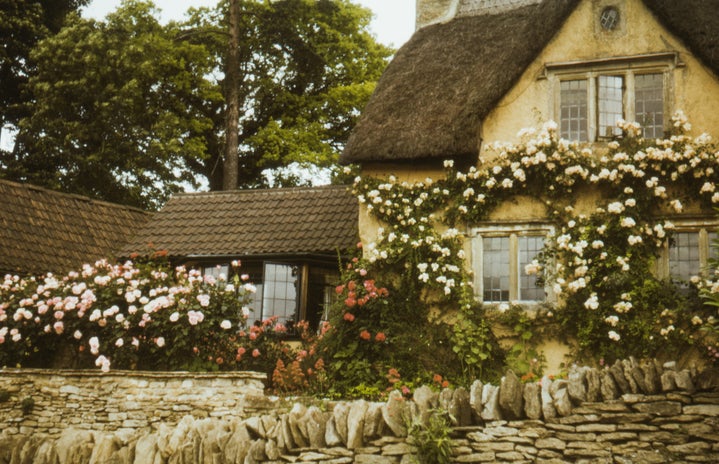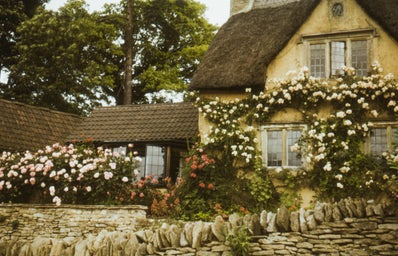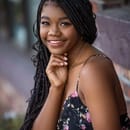If you spent way too much time on social media during quarantine as I did, I’m sure you’ve seen it: the peasant shirts with eyelet lace trim, picturesque countryside cottages, and the infamous $490 Strawberry Dress by designer Lirika Matoshi. It’s all part of Cottagecore; an aesthetic drawing from the agricultural practices of the ‘traditional’ English countryside and nostalgia for days gone by. In many ways, Cottagecore is reminiscent of the romanticization of simple living and sustainability present in the trends and cultural phenomenons of the past. The aesthetic movement rose to prominence at the beginning of the year as TikTok dances, voice-over skits, and challenges took social media by storm. My Instagram feed, once focused entirely on COVID-19 statistics and politics, was suddenly rivaled by videos of teens boiling herbal tea and baking sourdough bread to The Lumineers’ Ophelia. It was a welcome departure from the stress and uncertainty I faced in my everyday life while in quarantine.
“The New Loungewear Trend That’s Replacing Sweats This Summer”
While I’ve never dawned a patchwork apron or spent my days weaving decadent flower crowns, something about it felt both familiar and foreign to me. One day while lazily scrolling through my Instagram feed, a picture stood out to me: it was an image from a Cottagecore themed shoot in which a Black woman was posed in a pastel-colored dress surrounded by flowers and antiques. It was the first time I saw anyone featured in Cottagecore that looked like me. The photoshoot, by Instagram based photographer @kihmberlie, was done to address the marginalization of the BIPOC+ in aesthetics that prominently feature white people. In the caption underneath the pictures, the photographer wrote, “I just want to showcase that black women are multifaceted we’re beautiful, soft, magical & more. And I want to see more black women especially dark-skinned black women in roles that showcase that.” For weeks, I had been looking at images of people enjoying a lifestyle without once seeing myself in any of them. I, as a black woman, had felt excluded without ever having been included in the movement; once again, a witness to a lifestyle that remained largely untouched by diversity.
“Nature Girl: See & Other Stories’ Prairie Dresses”
Days later, I stumbled across the newly created page @cottagecoreblackfolk dedicated to black women in Cottagecore! It’s safe to say that the contributions to the aesthetic by members of the BIPOC+ community have been heavily marginalized in favor of the stream-lined, European-centric version of Cottagecore that has dominated our feeds. It’s so easy to scroll mindlessly through social media without taking notice of the diversity (or lack thereof) on our feeds. In an aesthetic like Cottagecore that is based so heavily on the romanticization of the past, representation should always be encouraged. For weeks, I had been looking at images of people enjoying a lifestyle without once seeing myself in any of them. I had been marginalized without ever having been included in the movement; once again a witness to a lifestyle that remained largely untouched by diversity. In the past six months, accounts dedicated to diversity have majorly shifted how Cottagecore media is circulated. Social media accounts like the two mentioned above have done an amazing job of encouraging change and inclusion over many popular aesthetics (i.e. Light and Dark Academia, VSCO Girls, and era-specific styling). Every internet fad and lifestyle changes over time reaching different audiences and inspiring trends. Let’s hope that in the future, we’ll see more melanin and representation in Cottagecore!



